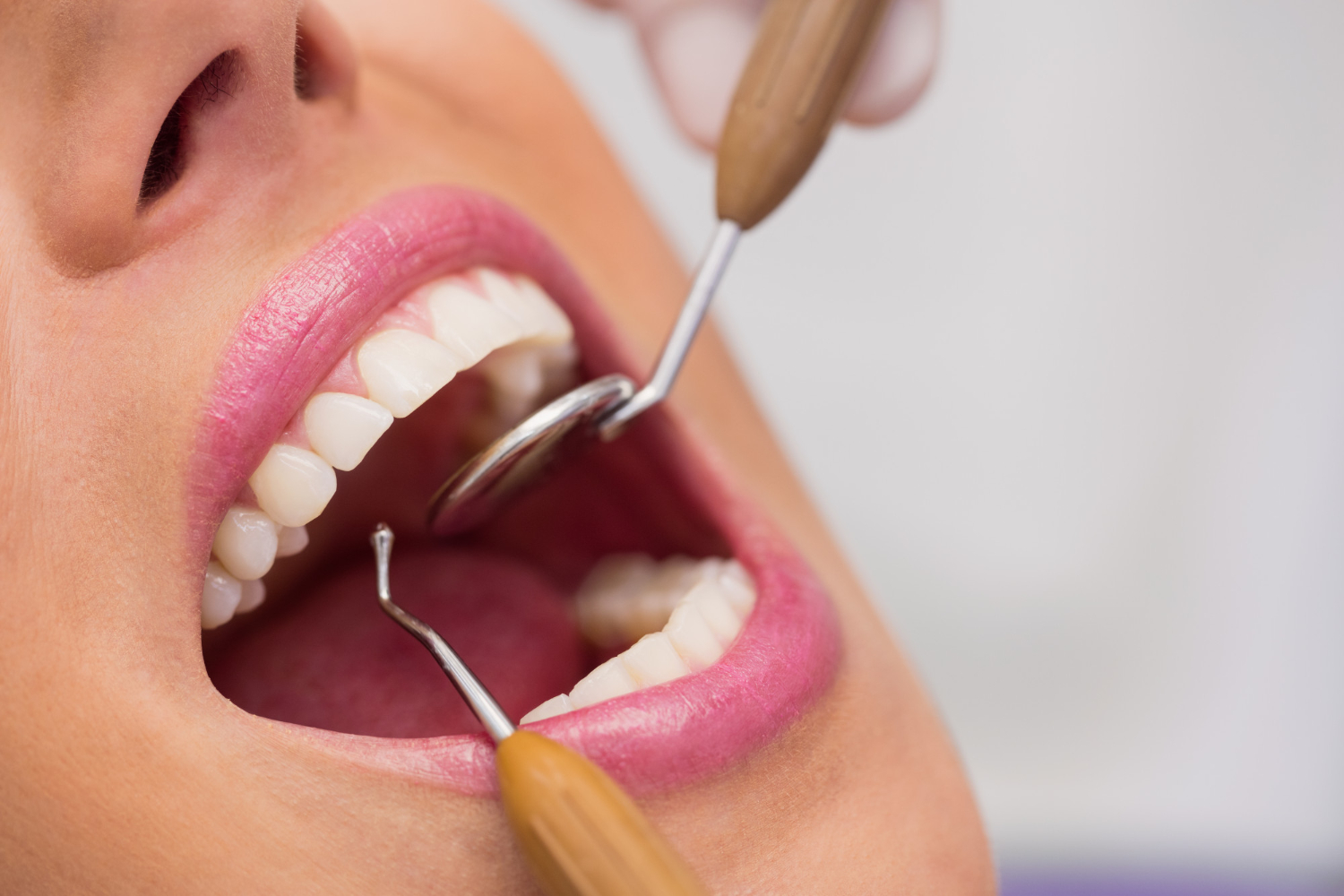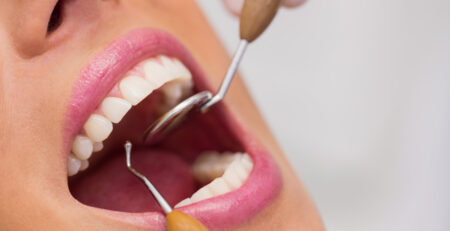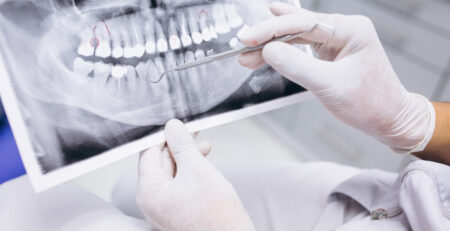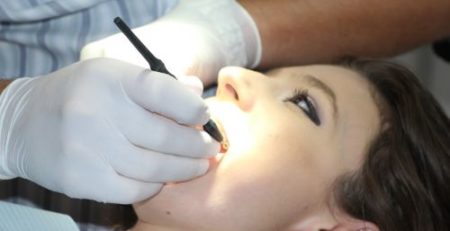Tackling Early Signs of Tooth Decay Before They Spread
Tooth decay rarely begins with pain or a visible hole—it usually starts quietly, in ways that are easy to miss. By the time discomfort sets in, the damage has often progressed further than most people expect. Learning how to spot early changes can save teeth from more invasive treatments later and keep your smile healthy for years to come.
Spotting Faint White Spots on Enamel
The earliest visual sign of decay is often a faint, chalky white patch on the tooth surface. These spots appear when minerals in the enamel begin to break down due to acid from bacteria. While they may seem harmless, they signal that the enamel is losing strength. Left unchecked, these areas can turn into cavities, but at this stage, it’s still possible to halt or reverse the process with the right care.
Regular dental checkups make spotting these marks easier, as dentists can see changes that are hard to catch in a mirror. Remineralizing treatments, such as fluoride applications or specialized toothpaste, can help restore enamel strength. This is one of the few times in dentistry where timely action can stop decay without drilling, making awareness of white spots an important line of defense.

Sensitivity to Hot and Cold Drinks
Sudden zings of discomfort from a sip of coffee or a glass of iced water can be an early warning. Tooth sensitivity occurs when protective enamel thins or when gum tissue recedes, exposing dentin beneath. In the context of early decay, this sensitivity often means acids have begun to weaken the tooth surface, allowing temperature changes to trigger nerve responses.
Ignoring this sign can allow the weakened spot to grow deeper, leading to larger cavities or even root canal issues later. Dentists can apply desensitizing agents or sealants that not only reduce the discomfort but also protect the tooth from further acid attack. Catching temperature sensitivity early is a practical way to prevent small problems from becoming major repairs.
Subtle Changes in Tooth Color
Teeth naturally vary in shade, but a gradual change in color—especially a darker or shadowy spot—may point to decay beneath the surface. Early-stage cavities can cause discoloration that doesn’t yet feel rough or sensitive. This is why regular professional exams are vital; a trained eye can detect the difference between harmless staining and a color change that needs attention.
Treatments at this stage often involve minimal intervention, such as removing the softened enamel and restoring the area with a tooth-colored material. The key is addressing the discoloration early so the decay doesn’t progress into the inner layers of the tooth, where treatment becomes more complex and costly.
Persistent Bad Breath Without Cause
Bad breath isn’t always about garlic or coffee—it can also signal that bacteria are collecting in a spot of early decay. As bacteria feed on sugars, they release acids and odors. This can create a persistent smell that brushing and mouthwash only temporarily mask. If the odor persists despite good oral hygiene, it’s worth having a dentist investigate.
Early treatment can remove decayed material before the odor-causing bacteria spread deeper or into neighboring teeth. In some cases, addressing the problem can also improve gum health, since bacterial buildup often irritates surrounding tissues. This not only protects the tooth but also restores confidence in social settings.
Tiny Pits Forming on Tooth Surfaces
Small pits or holes in the enamel are an unmistakable sign that decay has begun to break through the tooth’s outer layer. These pits can trap food particles and bacteria, accelerating the decay process. Even if they don’t cause pain yet, they require prompt professional care to stop the progression.
Dentists can often restore these small defects with a simple filling, sealing off the entry point for bacteria. Delaying treatment allows the decay to spread beneath the surface, where damage can become extensive before it’s visible. Regular self-checks with good lighting, combined with professional cleanings, make spotting these tiny changes much easier.

Discomfort When Biting Down
Pain or pressure when biting can mean that decay has weakened a section of enamel or reached deeper layers of the tooth. This discomfort often feels localized, affecting just one tooth, and may come and go depending on the type of food. It’s a sign that the tooth structure is under stress and needs evaluation.
Addressing bite discomfort early can prevent cracks, fractures, or infections that require more invasive treatment. In many cases, repairing the decayed section restores full function and eliminates the pain without affecting neighboring teeth. Ignoring this sign, however, risks turning a simple fix into a much larger restoration.
Gums Reacting near Trouble Areas
Gum irritation in a specific spot can be a clue that decay is present along the gumline or between teeth. Early cavities in these areas are easy to miss without dental X-rays, as they can hide under the gums or between tight tooth contacts. Swelling, redness, or minor bleeding during brushing should prompt a closer look.
Dentists can clean and treat these areas before the decay worsens or spreads to the root. Preventive steps like improved flossing technique, targeted rinses, and professional scaling can keep both the tooth and gum tissue healthy. Responding to gum changes early is an effective way to protect your oral health on multiple fronts.
Protect Your Smile and Address Early Decay Signs Now with Lumina Dental’s Expertise
Lumina Dental understands that small dental problems can grow fast if ignored. Our team focuses on catching decay early with advanced diagnostic tools and a personalized care approach. From spotting faint enamel changes to managing early sensitivity, we offer treatments designed to preserve as much natural tooth structure as possible. Our comfortable environment and attentive staff make every visit straightforward and stress-free, ensuring you leave with both relief and a plan for long-term protection.
Every patient’s smile has its own story, and Lumina Dental takes the time to understand yours. We combine modern techniques with proven preventive care strategies to stop decay before it spreads, giving you more reasons to smile confidently every day. Whether you’ve noticed subtle color changes, persistent bad breath, or just want a thorough checkup, our team is ready to help. Contact us today to schedule your exam and take control of your oral health before minor issues become major repairs.











